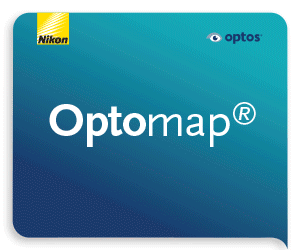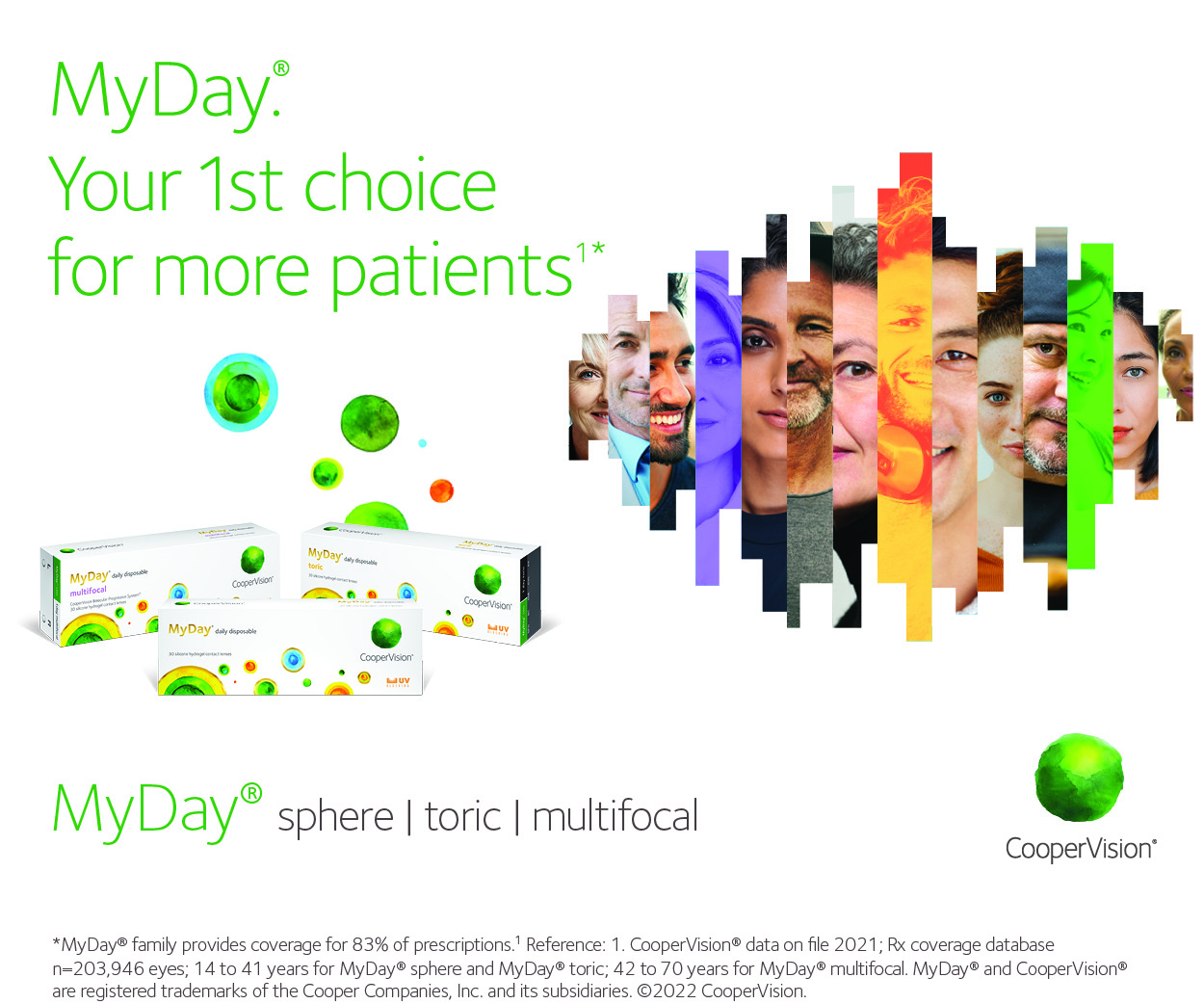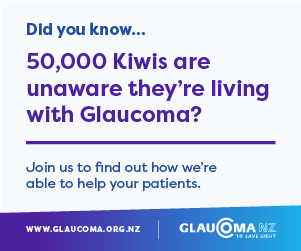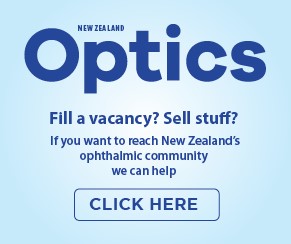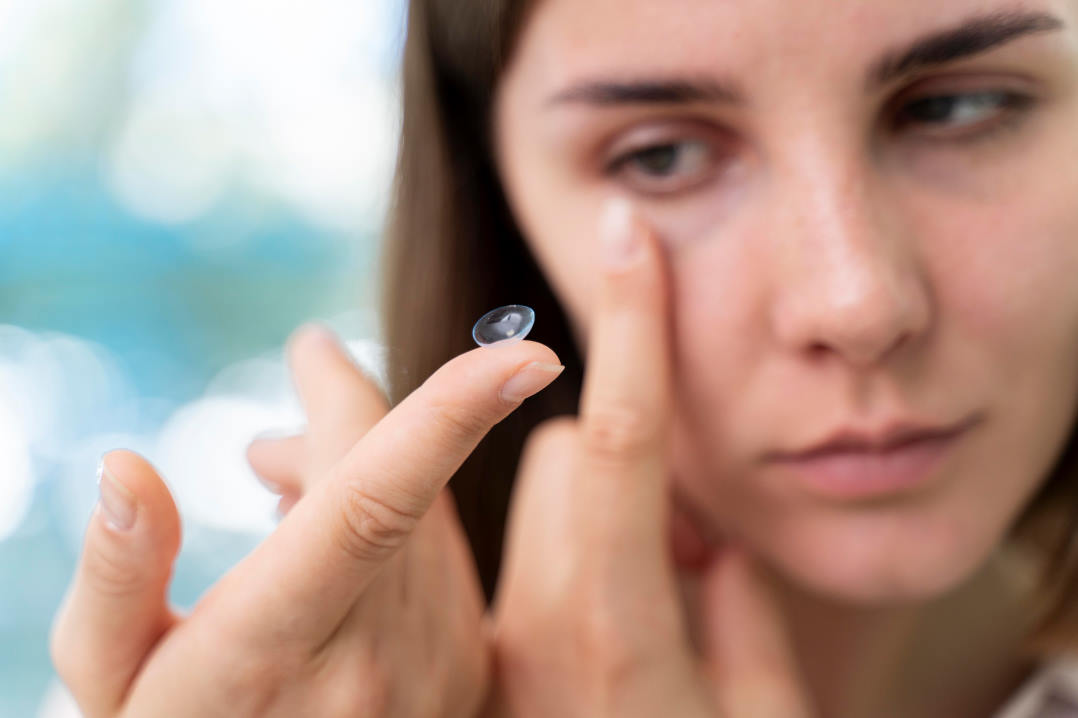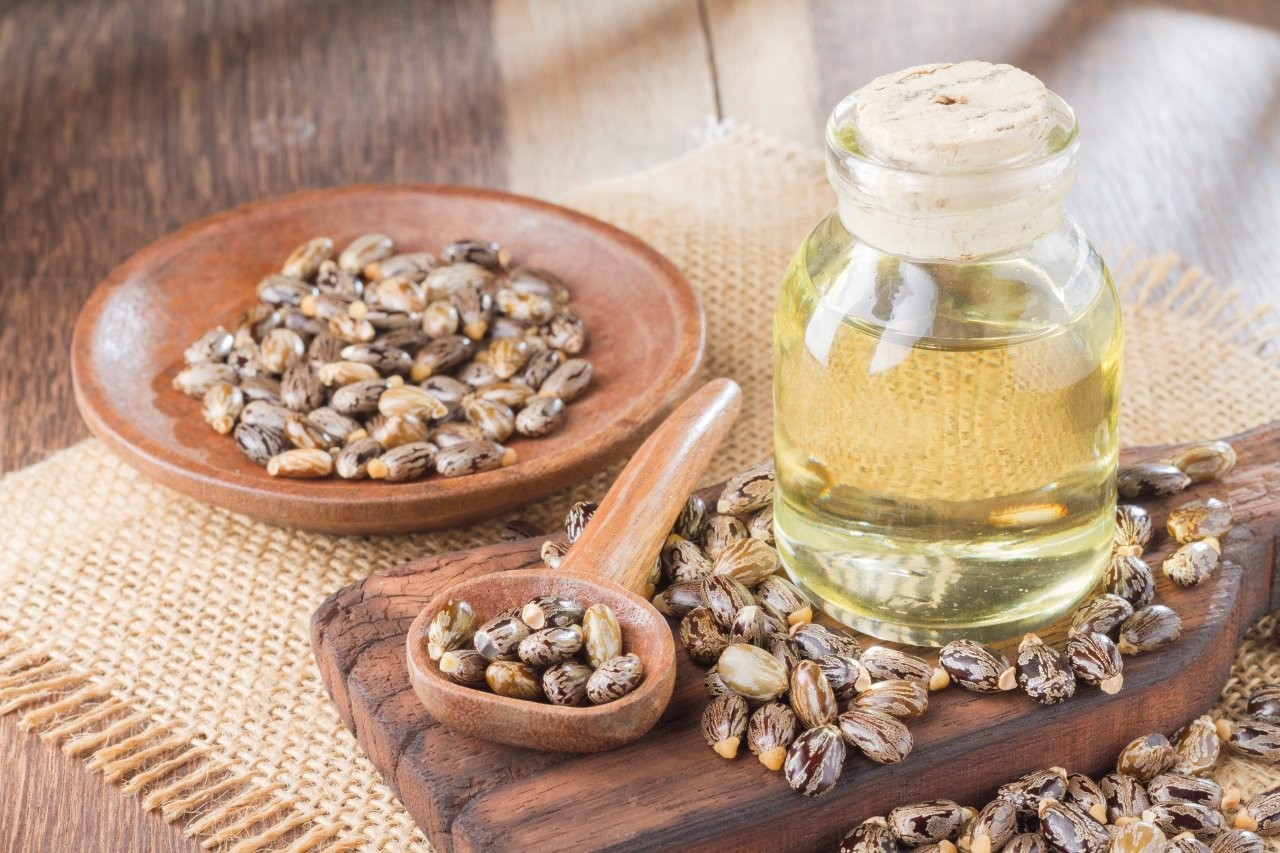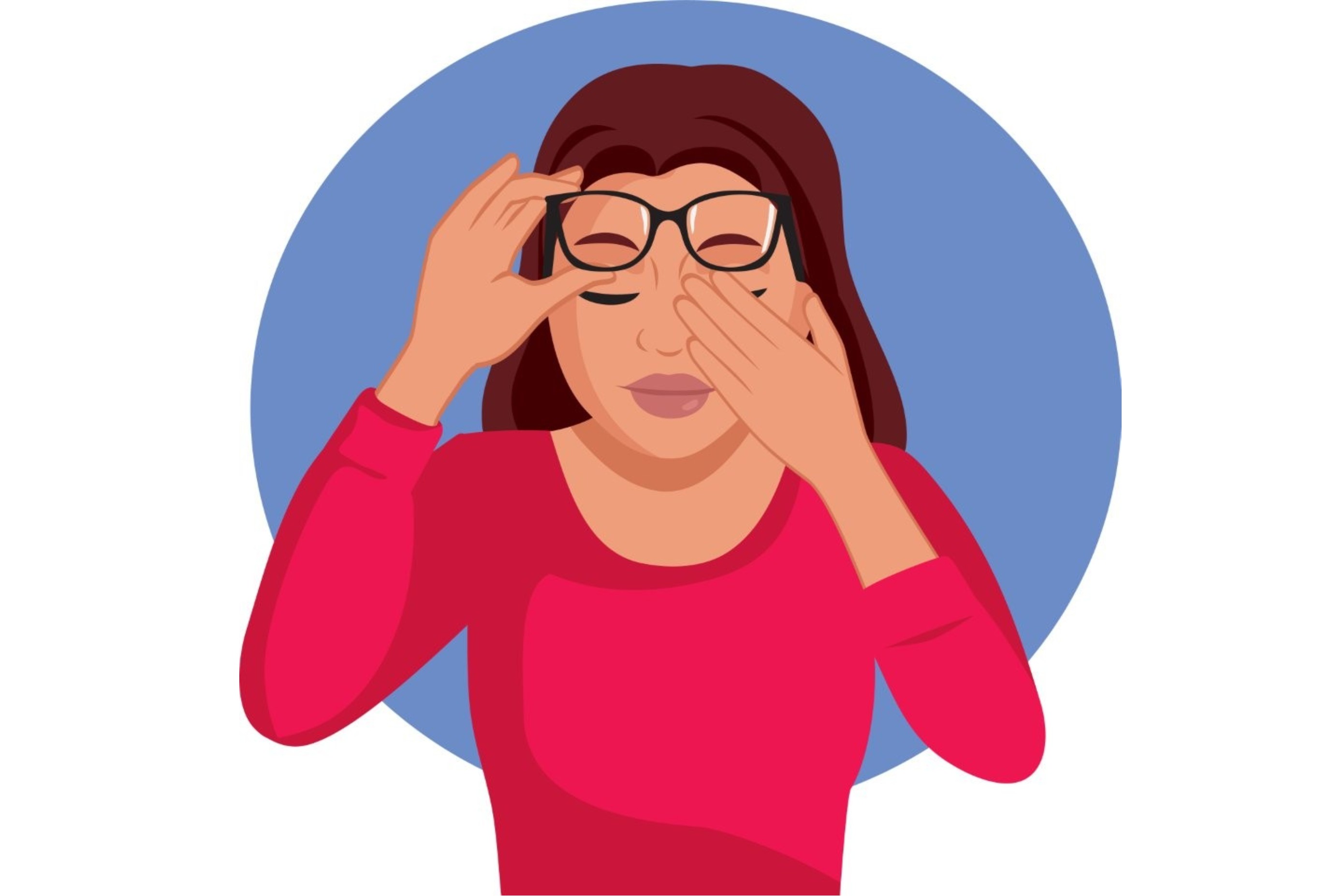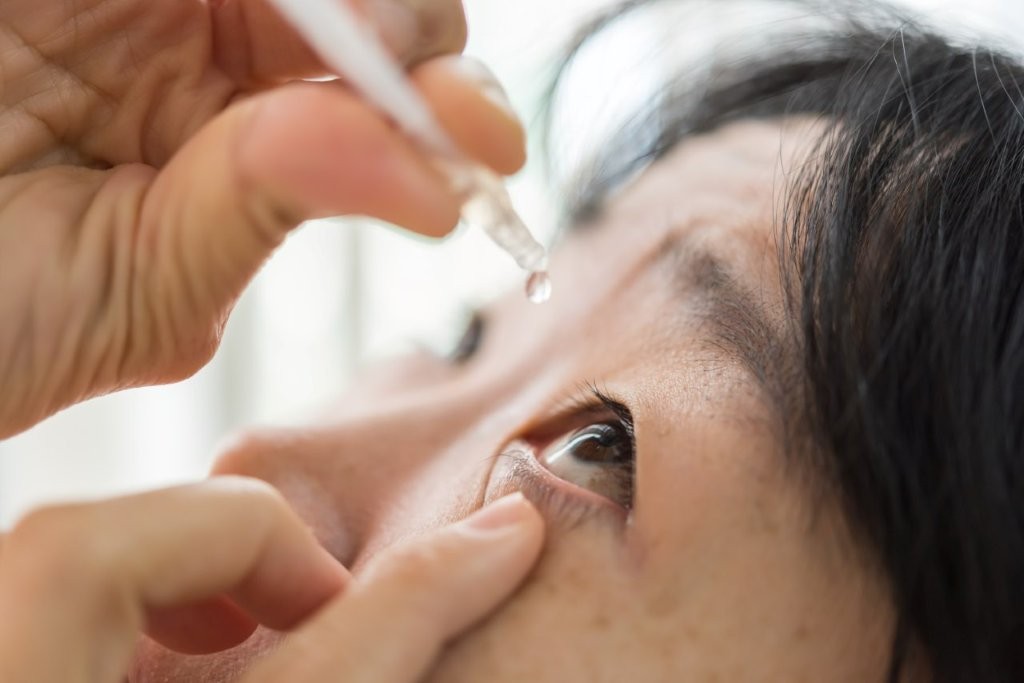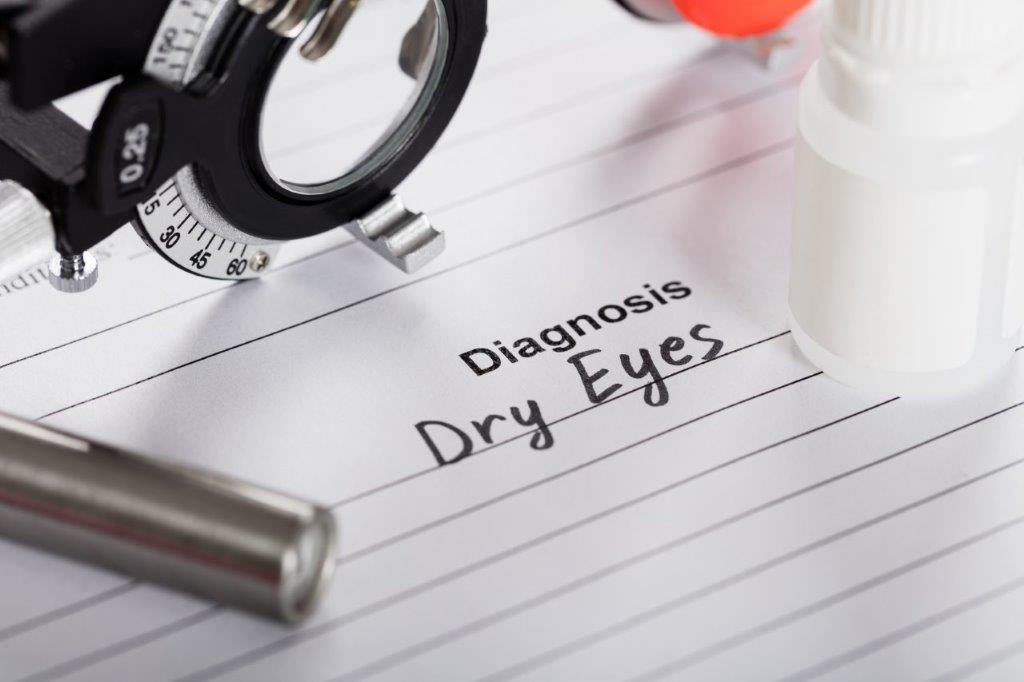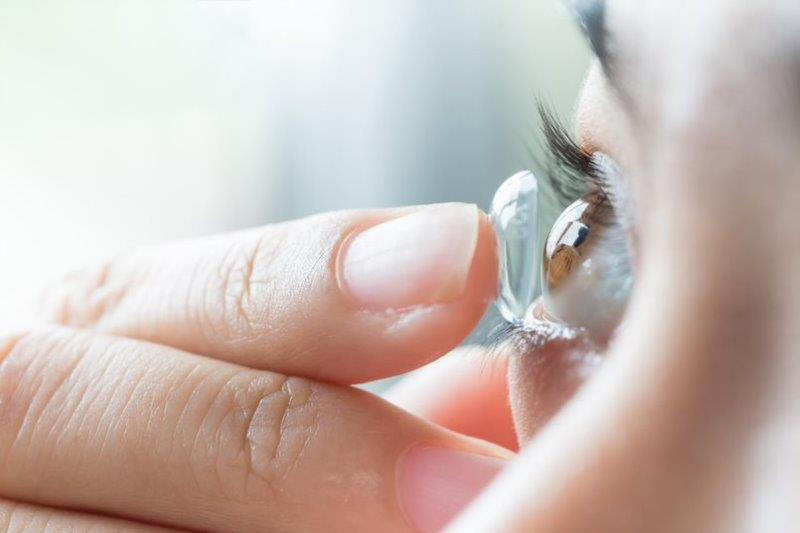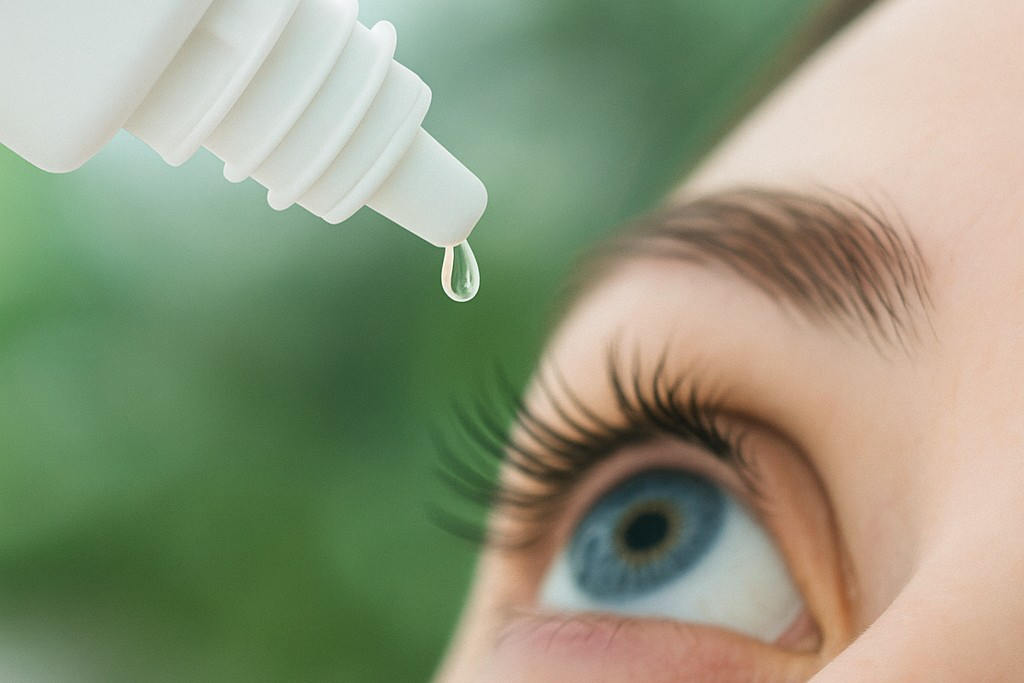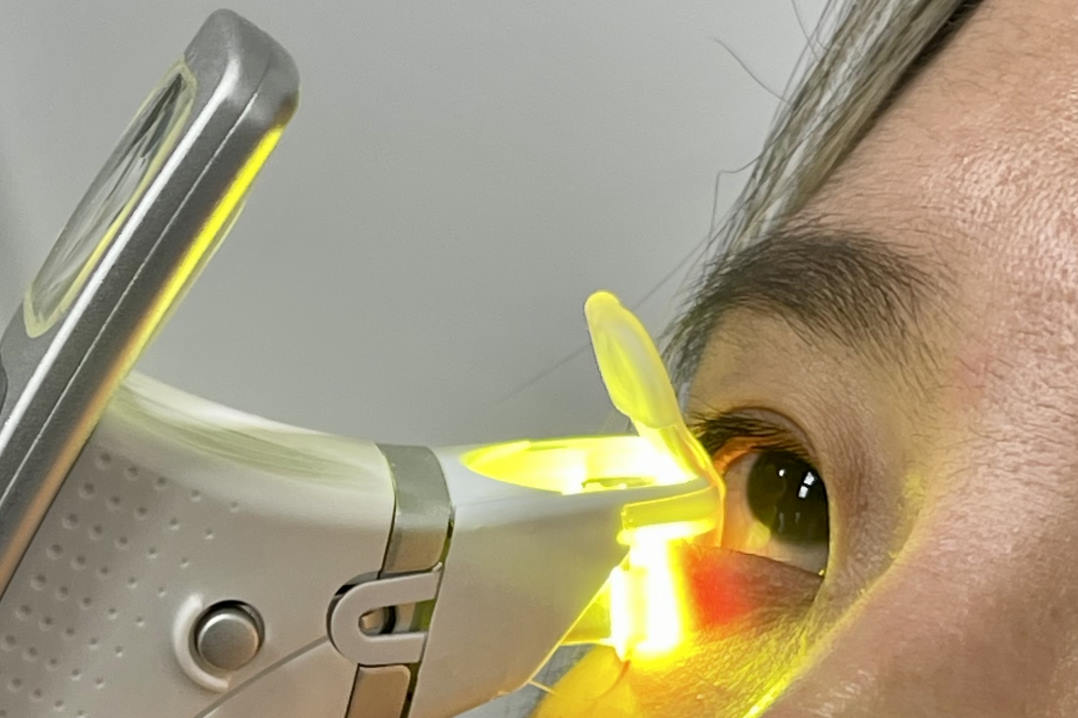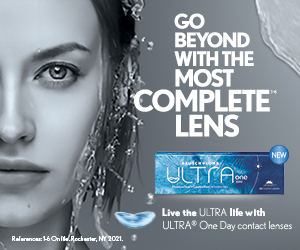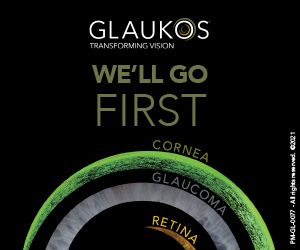Drug therapy review for meibomian gland dysfunction
Dry, gritty, burning eyes? The most common culprit is meibomian gland dysfunction (MGD). These tiny glands, nestled within our eyelids, should secrete a lubricous oily substance termed meibum, which promotes tear film stability. But, as with all plumbing, these glands can become blocked, leading to a slippery slope towards a loss of tear film homeostasis1,2.
Where conservative treatment proves insufficient, pharmacological therapies may offer an affordable, accessible and effective next step. But are they right for your patient? At the Ocular Surface Laboratory (OSL), together with Auckland optometrist, Ryan Mahmoud, ophthalmologist, Dr Michael Wang, and under the guidance of Professor Jennifer Craig, we have undertaken a major review of the published evidence surrounding pharmacological, natural and emerging therapies for MGD management. Here are some of our findings.
Pharmacological therapies
In managing MGD, with its more muted inflammatory response than seen in aqueous deficient dry eye3, oral antibiotics, such as azithromycin or doxycycline, have the potential to modulate inflammation and regulate lipids4. Azithromycin is often favoured because of its shorter treatment duration and better tolerability.
Topical corticosteroids with low corneal penetration profiles, such as loteprednol etabonate (not currently available in New Zealand) or fluorometholone, can offer rapid relief during acute flare-ups, but their use needs to be limited due to side effects. For longer-term management of chronic ocular surface inflammation, immunosuppressants such as cyclosporin A5 (p29) or tacrolimus6 can be better options. However, while these are commonly used in autoimmune-related dry eye, their effect on dry eye secondary to MGD function remains somewhat ambiguous.
Recognising that MGD is not inherently inflammatory has encouraged consideration of alternative therapies. Perfluorohexyloctane (PFHO) – better known as NovaTears (AFT Pharmaceuticals) in New Zealand and Australia and recently approved as a prescription medicine (Miebo, Bausch + Lomb) in the US – is a unique non-aqueous drop (with or without omega-3). PFHO forms a thin film over the tear surface, enhancing stability, with both oil quantity and quality and potentially improving over the longer-term7.
Natural therapies
The chronic nature of MGD and blepharitis has generated significant interest among patients and clinicians in the therapeutic potential of natural products. Oral supplements8,9 and topically applied natural therapies represent a growing area of research in MGD management10,11.
Oral omega-3 supplementation remains the most extensively studied ‘nutraceutical’ for MGD. Of the limited high-quality clinical studies currently available, seven have demonstrated significant improvements in meibum quality and expressibility, while others have found no difference compared to controls. The variability in outcomes appears linked to several factors: the type of control oil used (studies using omega-6-rich controls showed less benefit), baseline disease severity (with greater improvements in severe MGD) and concurrent conventional treatments. An approximate 2:1 omega-3 to omega-6 ratio has been proposed as ideal; however, further studies considering baseline dietary poly-unsaturated fatty acid consumption are needed to better understand the impact of omega-3 supplementation on MGD.
Overall, the evidence for oral supplements remains limited – including for astaxanthin, bilberry, Korean red ginseng and Chinese herbal formations – although preliminary studies suggest benefits for meibomian gland parameters.
Topically applied natural treatments offer possible advantages through direct application to affected tissues. These include castor oil, mānuka honey, tea tree oil, coenzyme Q10 and green tea extract, with varying degrees of evidence supporting their efficacy in improving MGD signs and symptoms.
Currently, high-quality evidence for oral nutraceuticals and topically applied natural therapies in MGD management remains limited. Large, standardised clinical trials with longer follow-up periods are needed to establish their effectiveness asw therapeutic options and develop evidence-based treatment protocols. In this research area, the OSL is currently investigating clinical efficacy of a proprietary castor oil formulation (p24).
Emerging therapies
With ongoing need for advanced treatment options, several innovative therapies are being developed to enhance MGD management strategies. Some new candidates currently under evaluation have been gathered from clinical trial registries.
AXR-270, developed by CS Pharmaceuticals, is an ointment featuring a selective glucocorticoid receptor agonist that enhances periorbital drug delivery, aiming to reduce inflammation and improve gland function. Similarly, Azura Ophthalmics’ AZR-MD-001, a selenium disulphide-based ointment, is believed to have keratolytic and lipogenic properties beneficial for MGD management (p31). HY-02, by Hovione Scientia Limited, is also an ointment with lipophilic properties designed to enhance meibomian gland affinity, inhibit lipase activity and prevent lipid degradation, thereby improving gland function. Additionally, Cloudbreak Pharmaceuticals is advancing CBT-006 and CBT-008 topical solutions targeting cholesterol crystal deposits at gland orifices to prevent blockage, with CBT-008 showing better tolerability than CBT-006 in initial evaluations.
Other promising approaches include IL-1Ra (Anakinra), an interleukin-1 receptor antagonist that may reduce inflammation and alleviate MGD symptoms. Preliminary evidence also supports the potential of omega-3 dietary supplementation in the form of OmegaD Softgel Capsules (OmegaD LLC) in reducing inflammation and improving dry eye symptoms. Limited studies have suggested that topical vitamin D could offer additional benefits for managing both MGD and DED.
While some of these therapies may soon be available to use in clinical practice, others require further investigation to establish their efficacy. As more data become available, clinicians can anticipate expanded options to manage MGD. With many options, the key takeaway is that not all are equal in effect, safety or duration and should only be used where indicated as best fit and where unbiased supporting scientific evidence has confirmed safety and efficacy.
References
1. Nelson JD, Shimazaki J, Benitez-del-Castillo JM, Craig JP, McCulley JP, Den S, Foulks GN. The international workshop on meibomian gland dysfunction: report of the definition and classification subcommittee. Investigative ophthalmology & visual science. 2011;52:1930-7.
2. Craig JP, Tomlinson A. Importance of the lipid layer in human tear film stability and evaporation. Optom Vis Sci. 1997;74:8-13.
3. Stapleton F, Argüeso P, Asbell P, Azar D, Bosworth C, Chen W, et al. TFOS DEWS III Digest Report. American Journal of Ophthalmology. 2025 (in press).
4. Zhang L, Su Z, Zhang Z, Lin J, Li DQ, Pflugfelder SC. Effects of azithromycin on gene expression profiles of proinflammatory and anti-inflammatory mediators in the eyelid margin and conjunctiva of patients with meibomian gland disease. JAMA ophthalmology. 2015;133:1117-23.
5. Periman LM, Mah FS, Karpecki PM. A Review of the Mechanism of Action of Cyclosporine A: The Role of Cyclosporine A in Dry Eye Disease and Recent Formulation Developments. Clinical ophthalmology (Auckland, NZ). 2020;14:4187-200.
6. Broen JCA, van Laar JM. Mycophenolate mofetil, azathioprine and tacrolimus: mechanisms in rheumatology. Nat Rev Rheumatol. 2020;16:167-78.
7. Steven P, Augustin AJ, Geerling G, Kaercher T, Kretz F, Kunert K, et al. Semifluorinated Alkane Eye Drops for Treatment of Dry Eye Disease Due to Meibomian Gland Disease. Journal of Ocular Pharmacology and Therapeutics. 2017;33:678-85.
8. Hong S, Woo M, Eom Y, Kim HK, Yoon KC, Na KS, et al. A Multicenter, Randomized, Clinical Trial Assessing the Effect of rTG-Omega 3 Supplementation on Meibomian Gland Dysfunction Patients after Cataract Surgery rTG-Omega 3 for Meibomian Gland Dysfunction. Journal of ocular pharmacology and therapeutics : the official journal of the Association for Ocular Pharmacology and Therapeutics. 2025;41:65-74.
9. Oydanich M, Greiner JV, Hamrah P, Lin MC, Pistilli M, Maguire MG, et al. Exploratory Outcome Measures of the Dry Eye Assessment and Management (DREAM) Study. Investigative ophthalmology & visual science. 2019;60:5208.
10. Muntz A, Sandford E, Claassen M, Curd L, Jackson AK, Watters G, et al. Randomized trial of topical periocular castor oil treatment for blepharitis. The Ocular Surface. 2021;19:145-50.11. Maher T. The use of tea tree oil in treating blepharitis and meibomian gland dysfunction. Oman journal of ophthalmology. 2018;11:11-5.

Jordan Cooper is an optometrist and PhD candidate with the OSL in the department of ophthalmology at the University of Auckland. His research interest includes meibomian gland dysfunction, eyelid and blinking characteristics and dry eye disease.

Catherine Jennings is a final year PhD candidate researching novel blepharitis management strategies with the OSL. She is a therapeutically qualified optometrist working in private practice and as a professional teaching fellow at the University of Auckland.

Dr Kalika Bandamwar is a research fellow with OSL and a fellow of the British Contact Lens Association. Her research interests include dry eye disease, ocular surface and contact lenses.




